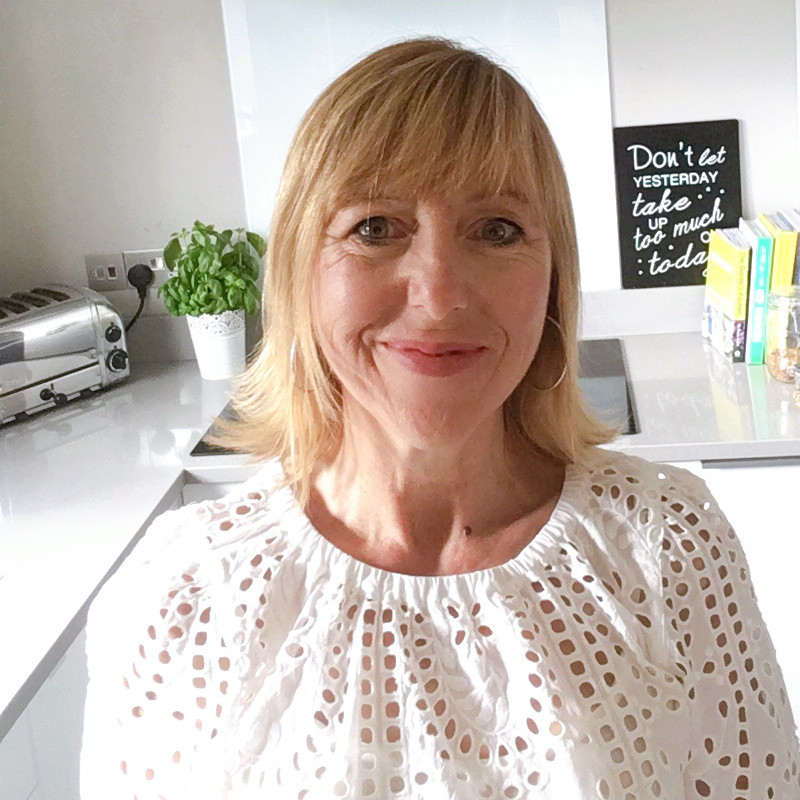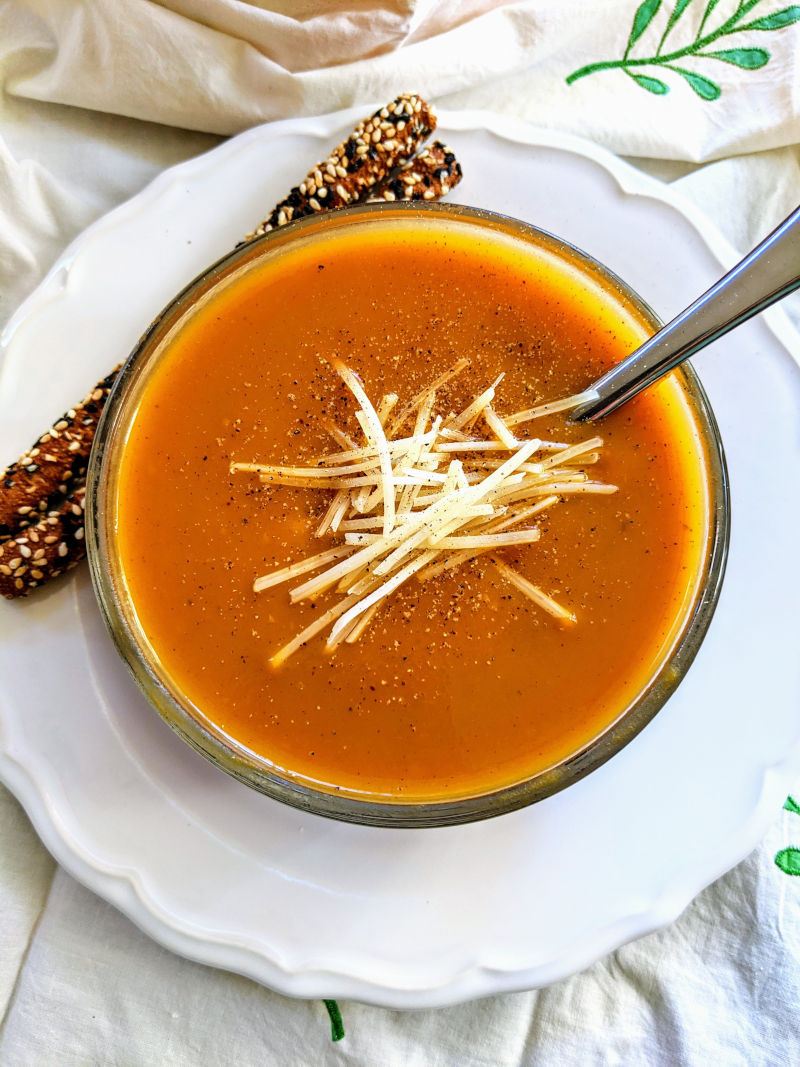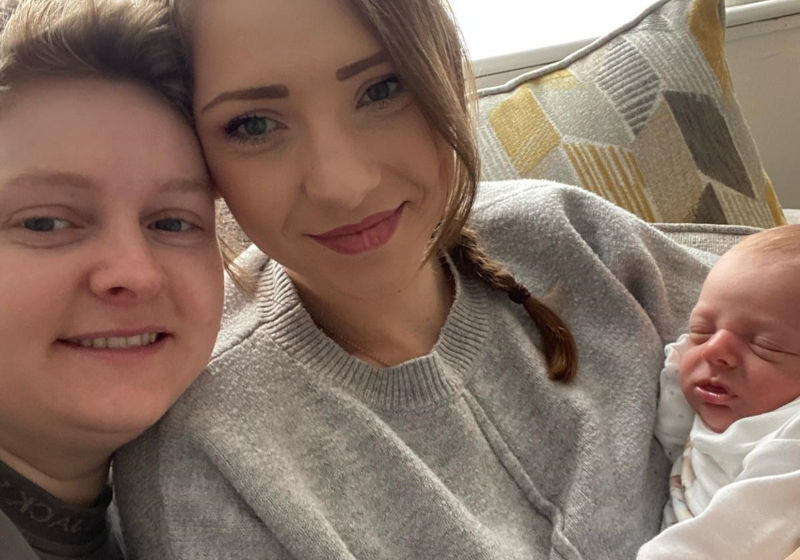Eating well to ease endometriosis symptoms
01 Mar 2024
There is a role for diet in managing endometriosis.
Sadly, endometriosis is an all-too-common condition for women: current estimates are one in ten of us are diagnosed with the condition, yet it still remains an enigma in terms of its cause and the best treatment options, comments Bourn Hall’s Nutritional Therapist, Angela Attwood.
Endometriosis is a complex condition to manage, however research recognises the importance of diet and lifestyle in helping the symptoms.
There are many things to consider including nutrient deficiencies, environmental toxins, genetics, high sugar consumption, immune and digestive system health, stress, hormone balance and medications, all of which a nutritional therapist can support. Read on for a few tips, but for more support get in touch.

Importance of vitamin D
Recent research has shown that there is a correlation between low vitamin D levels and endometriosis*
Sunshine is essential for us to make vitamin D and the shift from working in the office to home has meant that many of us have less opportunity to get outside in the daylight.
Natural light affects our circadian rhythm and hormones including serotonin which not only supports mood, but also regulates inflammation and how we experience pain.
As the months get warmer getting outside exposes us to more sunshine. Vitamin D, is anti-inflammatory and essential for immune system function. The research showed that women with endometriosis have been shown to have lower levels of vitamin D and endometriosis severity correlated negatively with vitamin D status.
Data regarding increased dietary intake of vitamin D as a preventive measure have been promising.
Ask your GP to check your Vitamin D level.
Benefits of orange (and green) vegetables
The immune and digestive system are interlinked, and 70% of your immune system resides in your gut, which makes it a good place to start. One of the best things you can do to support your gut health is to take a look at your fibre intake.
Fibre is present in all plant foods, from fruits and vegetables, nuts and seeds, beans, and lentils, to wholegrain oats, rye and buckwheat. Start slowly, and gradually build up your fibre intake to avoid digestive symptoms.
Studies have also suggested that plant foods rich in carotenoids* maybe helpful in endometriosis. Pro vitamin A carotenoids are plant pigments that are converted to vitamin A in the intestine, and whose many functions include supporting the immune and reproductive systems.
Beta-carotene, alpha-carotene and beta cryptoxanthin are all pro vitamin A carotenoids and you can find them in orange and green vegetables and fruits such as broccoli, spinach, kale, asparagus, carrots, butternut squash, sweet potato, red peppers, apricots, oranges and satsumas.
*Fruit and vegetable consumption and risk of endometriosis
*Nutrition in the prevention and treatment of endometriosis: A review
Introducing ‘super foods’ into your diet
Roast a tray of cubed butternut squash, sweet potato and red peppers and serve warm with a leafy salad and a sprinkling of feta cheese
Or try this lovely spicy butternut squash soup:
Ingredients
- 1 tablespoon coconut oil or olive oil
- 1 red onion sliced
- 1 inch piece of root ginger
- 2 teaspoons Thai red curry paste
- 1.5Kg butternut squash, peeled, seeded and cubed
- I70ml coconut milk
- 1 tablespoon fish sauce (optional)
- 1 tablespoon lime or lemon juice
- Vegetable stock to cover (approx. 1 pint)
Process
- In a large saucepan over medium heat warm the oil and add the onion, ginger and curry paste. Cook for 1 minute.
- Add the squash and coat with the paste mixture. Add 1 pint of vegetable stock, ensuring the butternut squash is fully immersed.
- Reduce the heat and simmer for 30 minutes until the squash is tender.
- Blend until smooth then return to the pan and stir in the coconut milk, warm through.
- Add fish sauce and lemon juice, stir and serve.

About endometriosis
Endometriosis occurs when tissue like that lining the womb starts to grow in other places, such as around the ovaries and fallopian tubes creating scar tissue and blocking the tubes. It can swell with hormones, so the pain can become worse before and during a period.
There are different stages of the disease, and the symptoms can vary so it is problematic to diagnose. It can be identified with a scan and diagnosed with certainty using laparoscopy.

Find out how can we help you
Book a consultation call with our team to find out how Bourn Hall can help you on your fertility journey
Latest articles
First Christmas as a family, thank you Bourn Hall!
“We spent many Christmases saying to each other ‘maybe next year we will have another…
Coping with Christmas: Make your own family traditions
A game plan can help you cope with family get-togethers
Coping with Christmas: Dealing with friends’ good news
Your work colleague might also have been trying for years to conceive.
Patient reviews you can trust
Genuine experiences from real patients. See why so many trust us with their fertility care.
“We went to an open evening at Bourn Hall Wickford and came away feeling really positive about the place. The staff were really friendly and the presentation was clear about the statistics regarding success rates and live birth rates; their data was very transparent. We came away feeling like we would really be looked after.”
Katy and Leigh are parents to Charlie after IVF
Patient 2023
“We chose to make an appointment at Bourn Hall Wickford because of the favourable reviews. When we got there and met the staff they were just so lovely, making us feel welcome and explaining to us what tests would need to be done and what our options were; we just thought ‘yes, let’s get the ball rolling!”
Jess and Fran are mums to Nathan after IVF with donor sperm
Patient 2023




